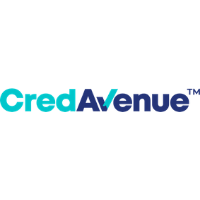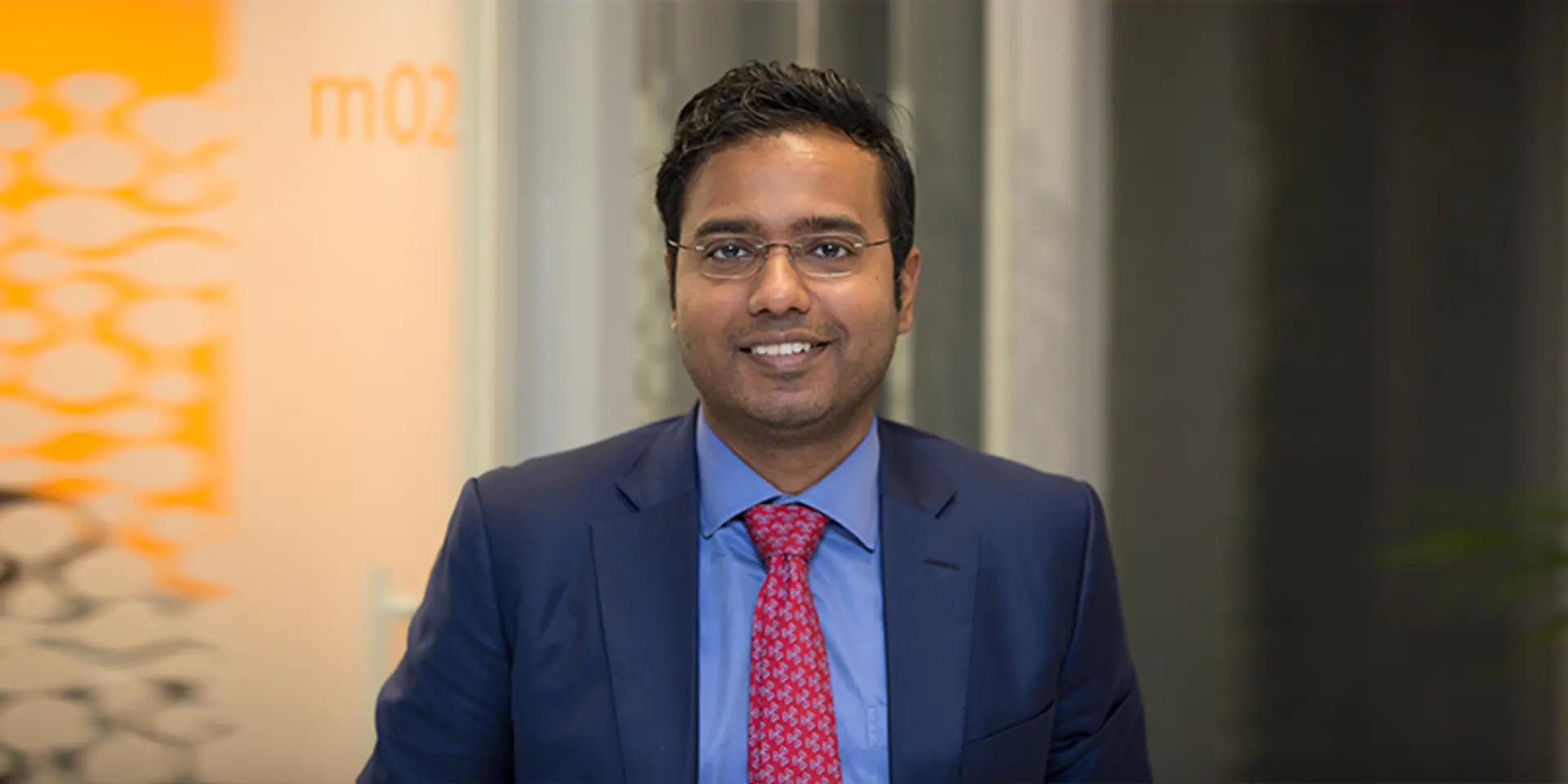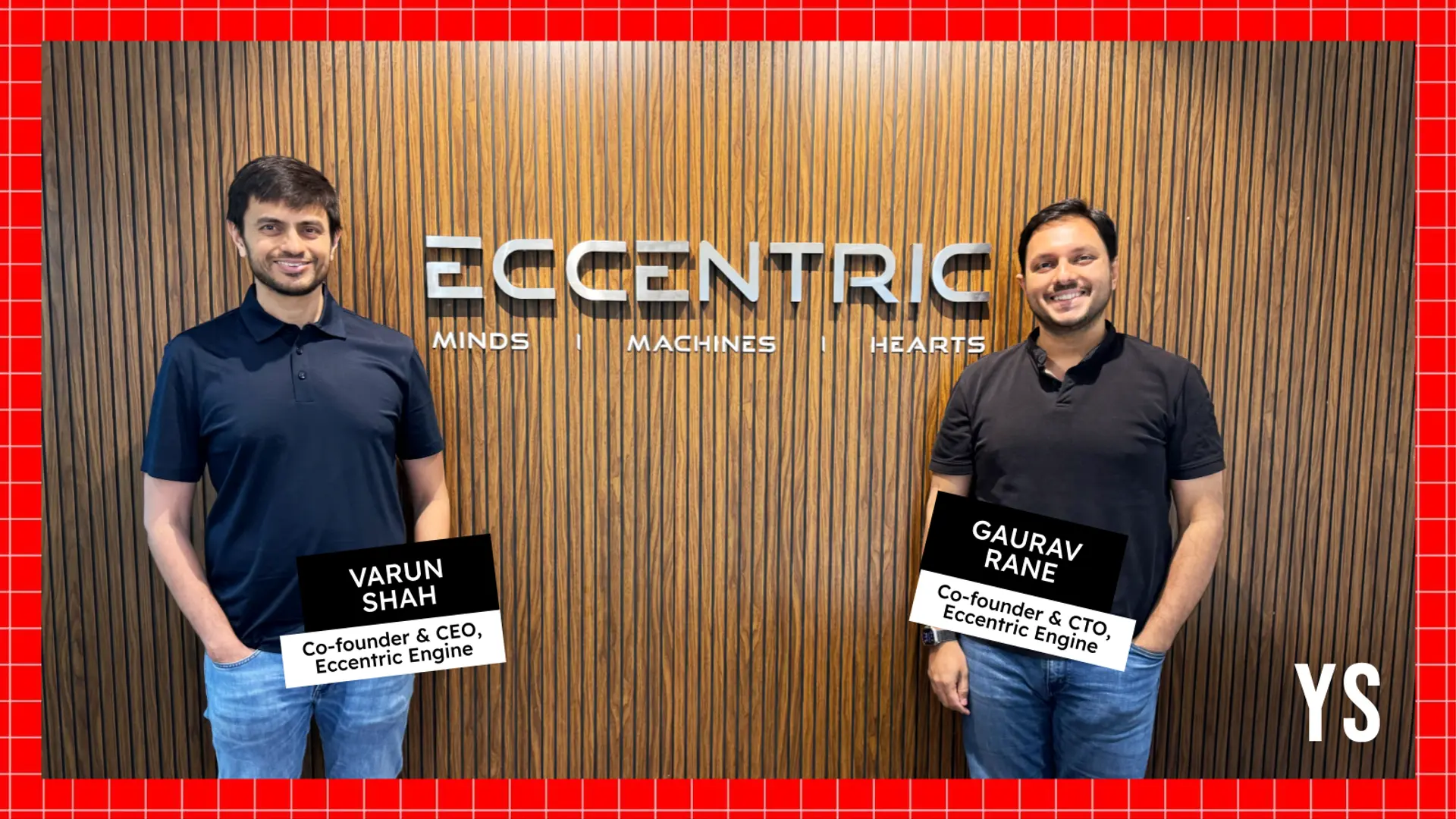
CredAvenue
View Brand PublisherWith debt deals exceeding Rs 50,000 crore, CredAvenue opens the gates to deepening India’s debt market
When Gaurav Kumar and Vineet Sukumar founded Vivriti Group ( Comprising , and Vivriti Asset Management Company) in 2017, they believed that debt markets presented a significant opportunity to be expanded at scale by leveraging technology, similar to the opportunity that the Indian equity markets presented nearly 25 years ago.
Today, their vision is slowly coming to fruition. The company’s debt platform, platform, CredAvenue, has achieved a significant milestone of enabling Rs 50,000 crore of debt deals. The platform also offers debt market participants a comprehensive set of products and solutions that facilitate transactions across a wide variety of products and solutions in this segment.
For CredAvenue, however, this is just the first step in a long journey towards improving the accessibility of India’s debt markets at scale. The company’s CEO and co-founder , Gaurav Kumar, tells YourStory about the challenges towards improving accessibility to India’s debt markets, the role of technology in solving these challenges, and how CredAvenue’s innovative products have transformed the way participants access India’s debt market while looking towards a better future.
YourStory [YS]: Could you give us an idea of the nature of India’s debt markets when you first started CredAvenue? What were/are the reasons for its low levels of accessibility?
Gaurav Kumar [GK]: The problem statement that India’s debt markets posed at the time was similar to what we saw in the equity markets 20-25 years ago : Lack of liquidity, congregation around AAA- and AA-rated assets, a clear difference between real risk and perceived risk, and a lot of information asymmetry in the market.
When we started doing this, we had to solve an important piece of the puzzle: How do you get depth on both sides of the marketplace? When you look at lending fintechs, they have not seen much scale. This is because they may have acquired millions of customers, but the providers of capital have not yet shown up as they are not trusting their platforms.
Last week, we crossed a crucial milestone of enabling over Rs 50,000 crore worth of debt on the CredAvenue platform since we first began operations four years ago. This was possible because investors and lenders are trusting our platform’s risk -return matching capacity and our automated debt discovery, execution, risk management and monitoring modules.
YS: And how has CredAvenue gained this level of trust?
GK: There are few reasons. One: CredAvenue’s issuer’s platform is much more controlled. A lot more diligence is done on them before they are allowed to operate on our platform. Second: We took a multi-product view to create our offerings, as different parts of the debt markets are aligned to different products on account of regulation. For example: mutual fund and capital market investors cannot invest in loans or illiquid papers. And so they are inclined to invest in security-type instruments.
We are the largest player in the pool platform, which is a securitisation, direct-assignment platform. And the other platforms include: bonds, loans, co-lending and supply chain platforms. We were quite clear that if we have to be relevant to the suppliers of capital, and gradually, once we built trust, we wanted to bring them down the risk curve, even beyond those seen among AAA and AA ratings.
For that, it was important for us to be doing two things right: One, that the credit cost holds, and also ensuring that we are relevant to the providers of capital. Taking a multi-product approach ensures that we more likely stay relevant to the providers of capital by offering them a product of their choice.
YS: How has technology played a role in differentiating CredAvenue’s various offerings?
GK: A key differentiator of the platform is that it is more of an annuity platform, and not just a transaction platform. Given that the pools of capital are not only large, but also concentrated with a limited number of institutional investors in the country, it is important that the same set of investors are coming back and putting in the capital.
For them to put in more and more pools of capital, it is important that we focus not just on the discovery element of a transaction. We look at the entire life cycle of investing. This is a major differentiator because when we were building this platform, the market was squarely focusing on enabling transactions. And once money exchanged hands, everyone lost interest.
If you look at the market, the problem was that we only looked at credit either when taking an exposure, or when something was going wrong. In between, there is no constant engagement on that particular underlying credit, or portfolio. Technology has played a very significant role not just in acquiring customers, and underwriting them the first time, but also rewriting or re-accrediting them every quarter till the last rupee is actually paid. In essence, we are the first to link the transaction lifecycle with the credit.
The other aspect is the transaction feature. We are the market leader with our securitisation and direct assignment platform, and also the market leader with our pioneering co-lending platform where we are facilitating almost 10,000 loans a day. With the help of technology, we are bringing greater transaction volumes, ironing out the operational issues and enabling risk-management.
YS: How have CredAvenue’s offerings improved accessibility to the debt markets beyond the institutional investors?
GK: If you look at the last three months, we have done about Rs 800 crore of bond placement to retail investors, and we will be crossing Rs 1,000 crore soon, mainly with HNIs (high net worth individuals) , and the family offices . When it comes to product innovation, we are one of the largest platforms for a product called “Covered MLD” or “Covered Market Linked Debenture” which we pioneered and launched in 2020. It is a one-year-old product in the debt markets in India, and it has already seen significantly high placements. This is a big area of focus, and we are trying to bring in a lot of product innovation to ensure that appetite for this product comes from different market players.
YS: What role has automation played in differentiating CredAvenue’s various offerings?
GK: Over the last two years, our data set has started expanding more rapidly. For example, in our co-lending platform, we are touching almost a million-odd customers already. And we are one of the few platforms where you are seeing so many asset classes, and with a lot of repayment data, which we consider as the building blocks for the risk model or credit model.
In the last two years, we have also been heavily investing in data engineering and data science. Technology is now playing a role in terms of discovery, recommendation, compiling the basket of risk to invest in, and also playing an active role on our investment platform. It is also playing a role in portfolio and risk management, and providing early warning signals in key operations, among other functions.
YS: What are CredAvenue’s plans for future expansion?
GK: We will be building and investing with greater depth in our ABS, co-lending, bond, and supply chain platforms. We also will be investing a lot on data, and data science. We plan to expand CredAvenue’s team to 450-500 people this year, up from 190 people currently in employment, After two years, once we get our focus and execution right in the Indian market, the plan is to expand to the emerging South Asian markets where we might solve for the same set of challenges.







